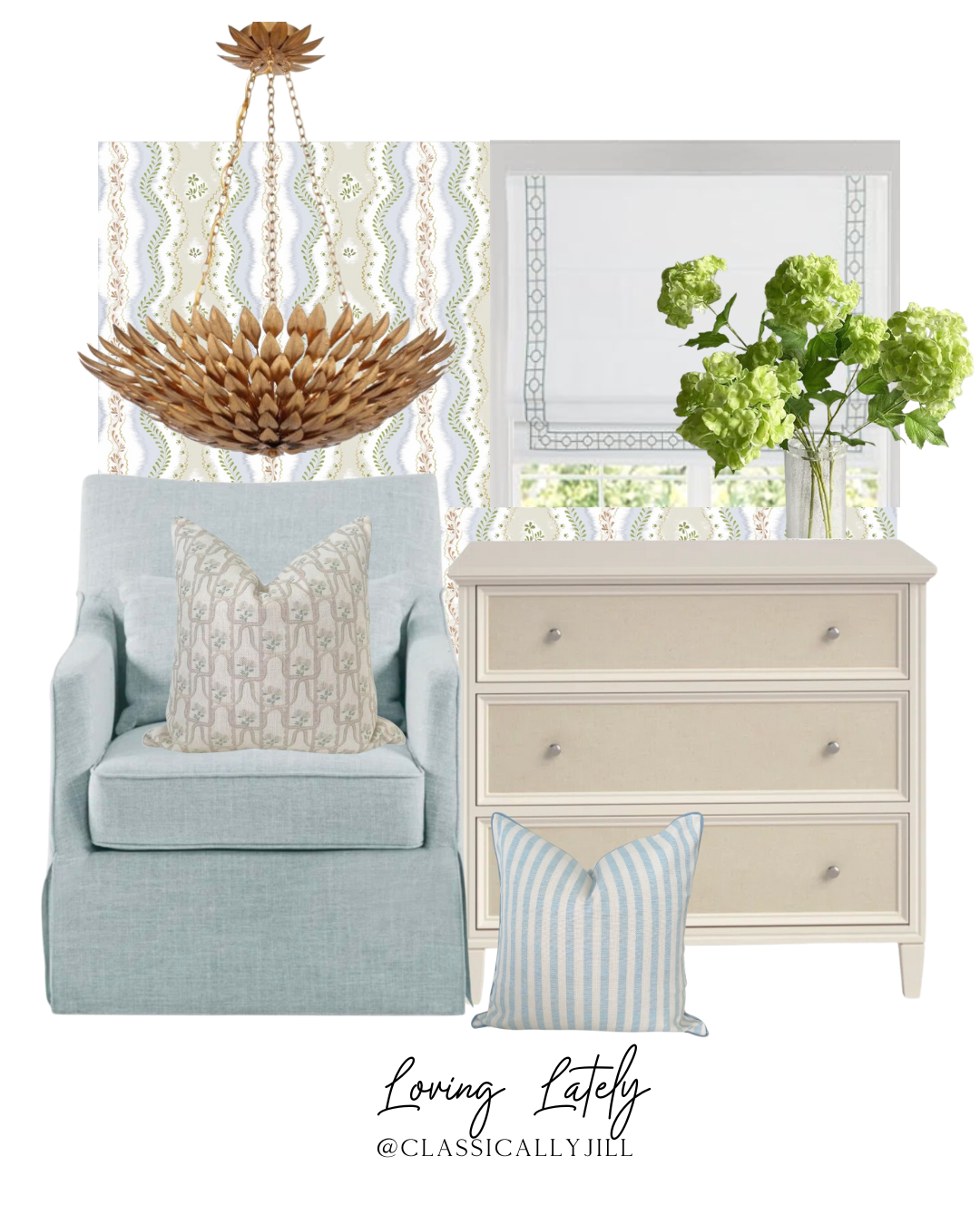I love orchids. When they’re in bloom, they’re the perfect centerpiece or accent for a side table. So elegant, so pretty.
But what do you do when they’ve dropped their flowers? You’re left with a stick and some leaves! 🙁
Here’s the steps I take to keep my orchids happy – and pretty – while I wait ever so patiently for them to rebloom.

How often should I water my orchid?
I water my orchids every week. To do this, I remove them from their pot or arrangement. That means pulling out the root ball and leaves. I take it to my sink and run the roots under water for about 20 seconds, moving the root around so that each root has a chance to get splashed. This “wakes up” the roots and tells them it’s time to drink.
I then add them back into the arrangement and give them a drink of water – about one ounce per orchid in there. This is when it’s actually drinking up the water.
Make sure you cover the roots again with your soil. I like this soil specifically for orchids. I also fertilize weekly with this spray. (affiliate link)
How Much Sun Does an Orchid Need?
I’ve found that my orchids do best by a window. They love sunshine! I tried keeping them in our sunporch that can get pretty humid, and they didn’t do well in there, though. So more isn’t necessarily more.
How to Repot An Orchid
Before planting your orchids, it’s good to give them a closer look. I like to look at my orchid’s roots and examine their color. If any roots look brown, I trim them with my scissors. If you see green when you cut, don’t trim any higher – it’s alive!
To repot orchids, I first find a vessel that’s large enough to allow my orchids to stretch out. Orchids are like other plants that can get “root bound” in too small of a plant. If you’ve had your orchid in its original container for awhile, it’s a good idea to make sure it’s not getting rootbound. You’ll know it is if you see roots emerging from the bottom.
Before I plant, I add gravel to the bottom of my vessel about an inch high. This allows for water to drain from the roots so that they’re not sitting in wet soil.
After the gravel, I add my orchid soil from above. I leave room so that my actual orchid root balls can nestle in.

After I’ve added the root balls into the soil, I surround it with more soil. Orchid soil is loose and mulch like.
Lastly, I top with moss. I’m not sure the reason here – but I find it looks a lot prettier 😉 When watering, make sure you’re moving the moss to the side, though. Your moss will soak up the water before it gets to the roots! This is another reason why I recommend completely taking your rootball out and running it under water at a sink.





